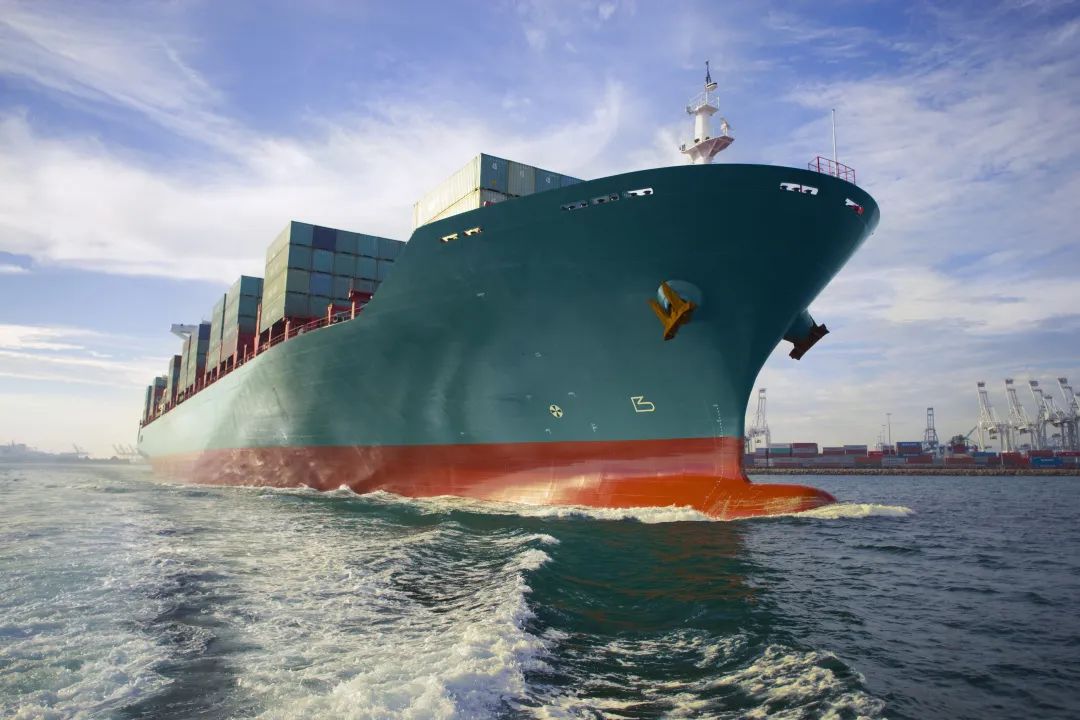The classification of marine coatings Ⅰ
As we all know, the harsh corrosive environment of the sea has a very important impact on the operating life and navigation performance of the ship. In order to minimize the corrosion of hull, various protection methods from ship design to manufacture have been adopted, such as protective coatings, electrochemical protection and the using of strong anti-corrosive hull materials.

Among them, anti-corrosion coating is the most extensive and convenient methods of protection. According to the corrosive condition of hull and the different requirements for protection performance in each part, the ship paint has formed its own system, which is mainly divided into anti-rust primer, hull topcoat, fresh water tank paint, anti-fouling paint and special function paint.
1. Anti-rust primer
According to different using areas, anti-rust primers are traditionally divided into inside paint and shell plate paint. In the past, chlorinated rubber system was commonly used as anti-rust primer in shipbuilding. And for serious corrosive conditions such as areas below the waterline and ballast tanks, asphalt primer was commonly used as protection. Due to the shortcomings of easy to aging and toxicity, chlorinated rubber primer can only be used as a low-grade coating. At present, most of them are replaced by acrylic and epoxy primers, which are rarely used in ship repairing. With the development of technology, nowadays modified epoxy coatings have a trend of replacing anti-rust primers, and pure epoxy primers with better performance are also widely used in shipbuilding.
2. Hull paint
Hull paint is divided into boottopping paint, topside paint, deck paint and inside paint.
Traditional shipbuilding usually used chlorinated rubber topcoat as a peripheral paint, but due to the congenital deficiency of easy to aging, it was gradually replaced by acrylic topcoat. And due to the defects of acrylic topcoat that is easy powder, shipbuilders now commonly use epoxy topcoat and polyurethane topcoat. Polyurethane topcoat has advantages of high hardness, good colors and strong gloss retention, and has gradually become the leading product of hull topcoat.
